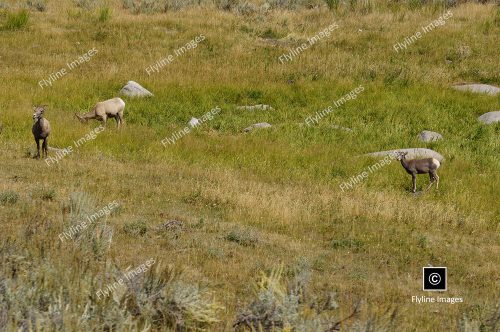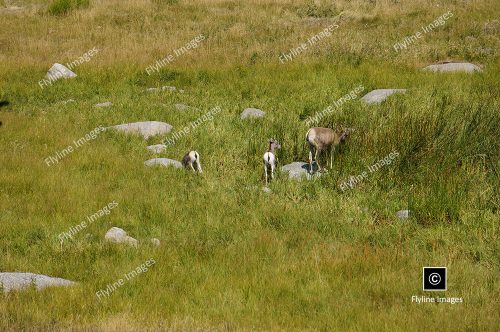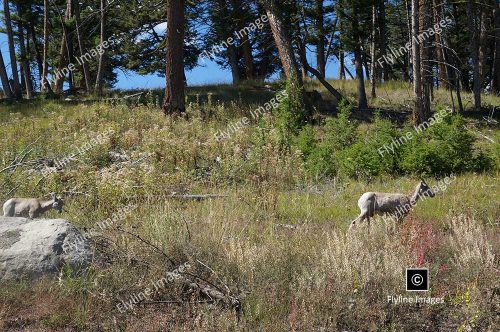Bighorn sheep in Utah are a fascinating species that have adapted uniquely to the state’s diverse landscapes. Unlike their counterparts in other parts of the country, Utah’s bighorn sheep often inhabit the rugged canyons and steep mountainous terrains, particularly within national parks like Zion and Canyonlands.
Bighorn Sheep DSCN 0097 V
$15.00
Description
Bighorn sheep in Utah are a fascinating species that have adapted uniquely to the state’s diverse landscapes. Unlike their counterparts in other parts of the country, Utah’s bighorn sheep often inhabit the rugged canyons and steep mountainous terrains, particularly within national parks like Zion and Canyonlands.
Image & Download Information
When you purchase this photo, you will be granted access to download the image. We have provided 1 image option, Large 1400 x 500.
MORE ABOUT THIS PHOTO
Bighorn sheep in Utah are a fascinating species that have adapted uniquely to the state’s diverse landscapes. Unlike their counterparts in other parts of the country, Utah’s bighorn sheep often inhabit the rugged canyons and steep mountainous terrains, particularly within national parks like Zion and Canyonlands. These sheep have developed specialized physical adaptations, such as enhanced climbing abilities and acute vision, which are crucial for navigating the challenging topography of their habitat. Additionally, the climate and availability of food resources in Utah create specific dietary patterns and behaviors. The state is home to both Rocky Mountain bighorn and desert bighorn sheep, with the latter adapted to more arid conditions, which differentiates them from populations in areas with more temperate climates. Utah’s conservation efforts also highlight these populations, focusing on preserving their distinct genetic makeup and ensuring the sustainability of their unique ecosystems.
Utah’s bighorn sheep populations have also faced challenges in recent years, including potential threats from human activities such as development and recreational use of their habitat. To mitigate these risks, various conservation efforts have been implemented, including the designation of critical habitats and limiting access to sensitive areas during lambing season.
In addition to their physical adaptations and conservation efforts, bighorn sheep in Utah play a significant role in the state’s ecology. As grazers, they help maintain plant diversity by controlling the growth of certain vegetation and creating new habitats through their grazing patterns. They also serve as prey for larger predators, contributing to the delicate balance of predator-prey relationships within ecosystems.
Furthermore, bighorn sheep are an essential part of Utah’s cultural and historical heritage. The bighorn sheep has been a symbol of resilience and adaptability for Native American communities, who have long relied on the species for food, clothing, and materials. Today, many indigenous tribes continue to value and honor the bighorn sheep in their traditional practices.
The bighorn sheep have been an important part of the ecosystem in this region for thousands of years. They play a crucial role in maintaining the balance of plant and animal life in the canyons. As herbivores, they help control the vegetation growth, preventing any one species from dominating and allowing a diverse range of plants to thrive. This, in turn, supports other animals that depend on these plants for food or shelter.
However, despite their adaptability and resilience, bighorn sheep face numerous challenges in today’s world. Habitat loss due to human development, competition with livestock for resources, and diseases introduced by domesticated animals are some of the threats they face. Additionally, climate change has also affected the bighorn sheep’s habitat, altering plant growth patterns and water availability.
To protect these majestic creatures and ensure their survival, conservation efforts are crucial. This includes preserving their habitat, managing grazing practices in the area, and closely monitoring their health. Organizations such as the National Park Service and state wildlife agencies work tirelessly to protect and manage bighorn sheep populations. They also conduct research to better understand the species’ behavior and needs.






